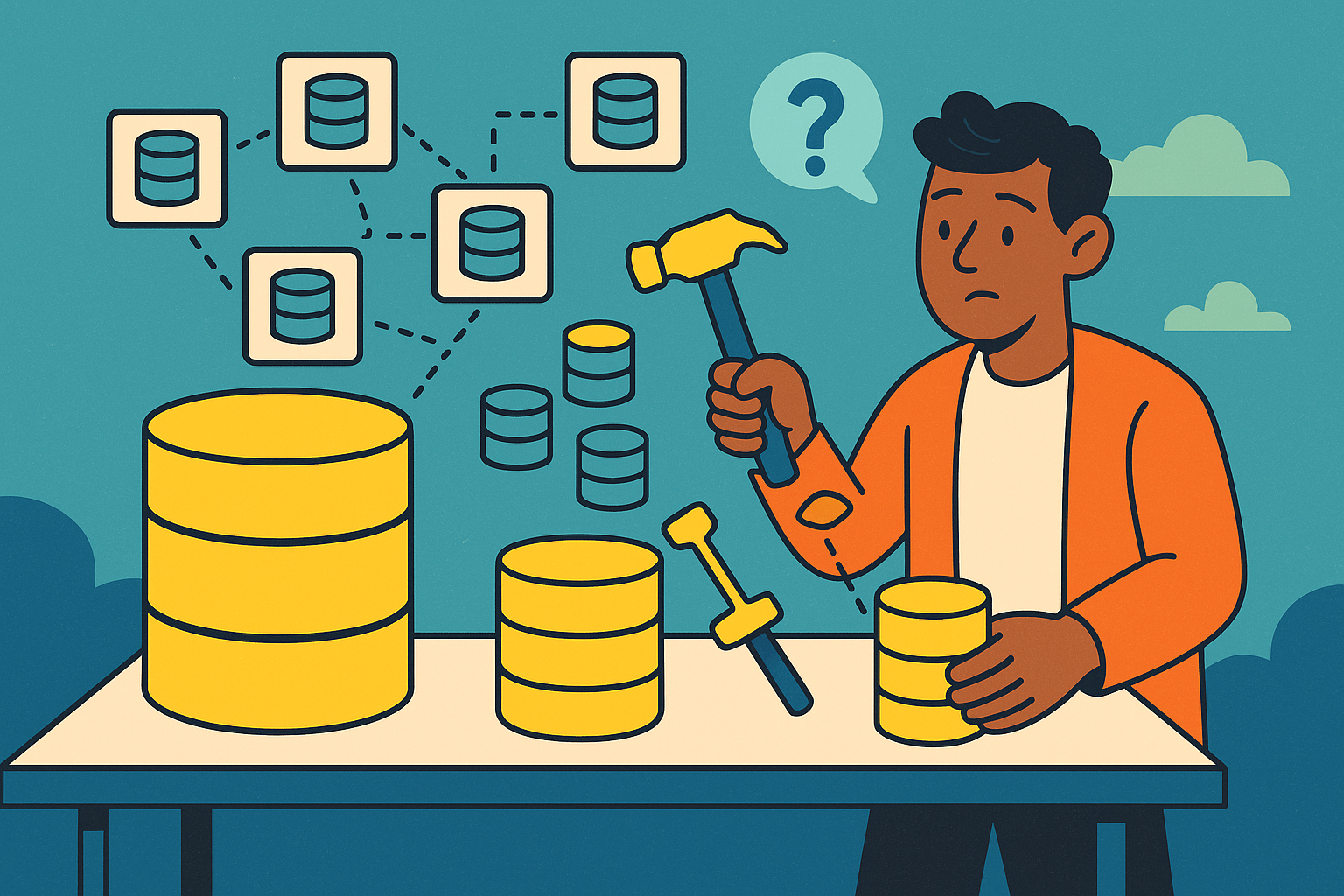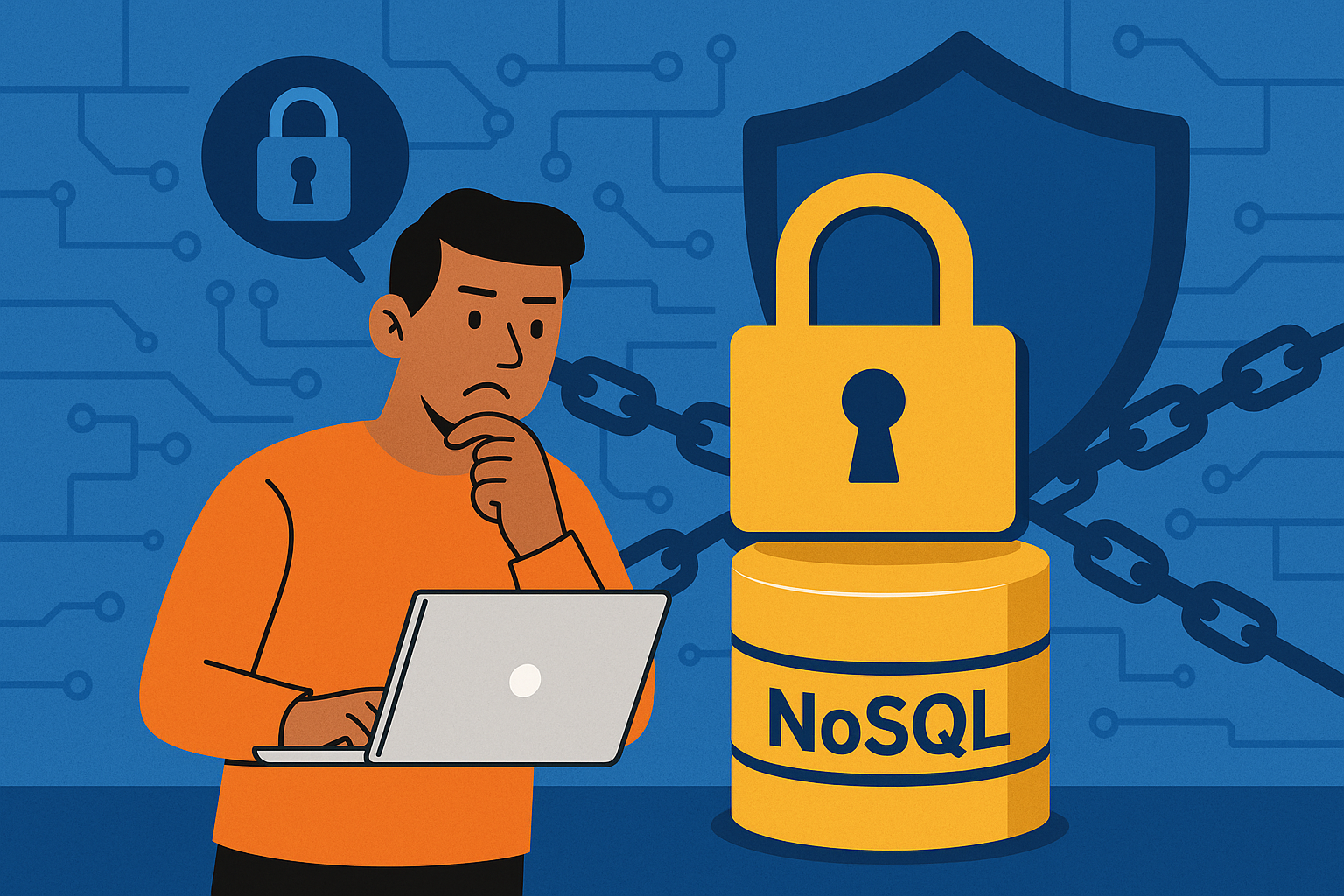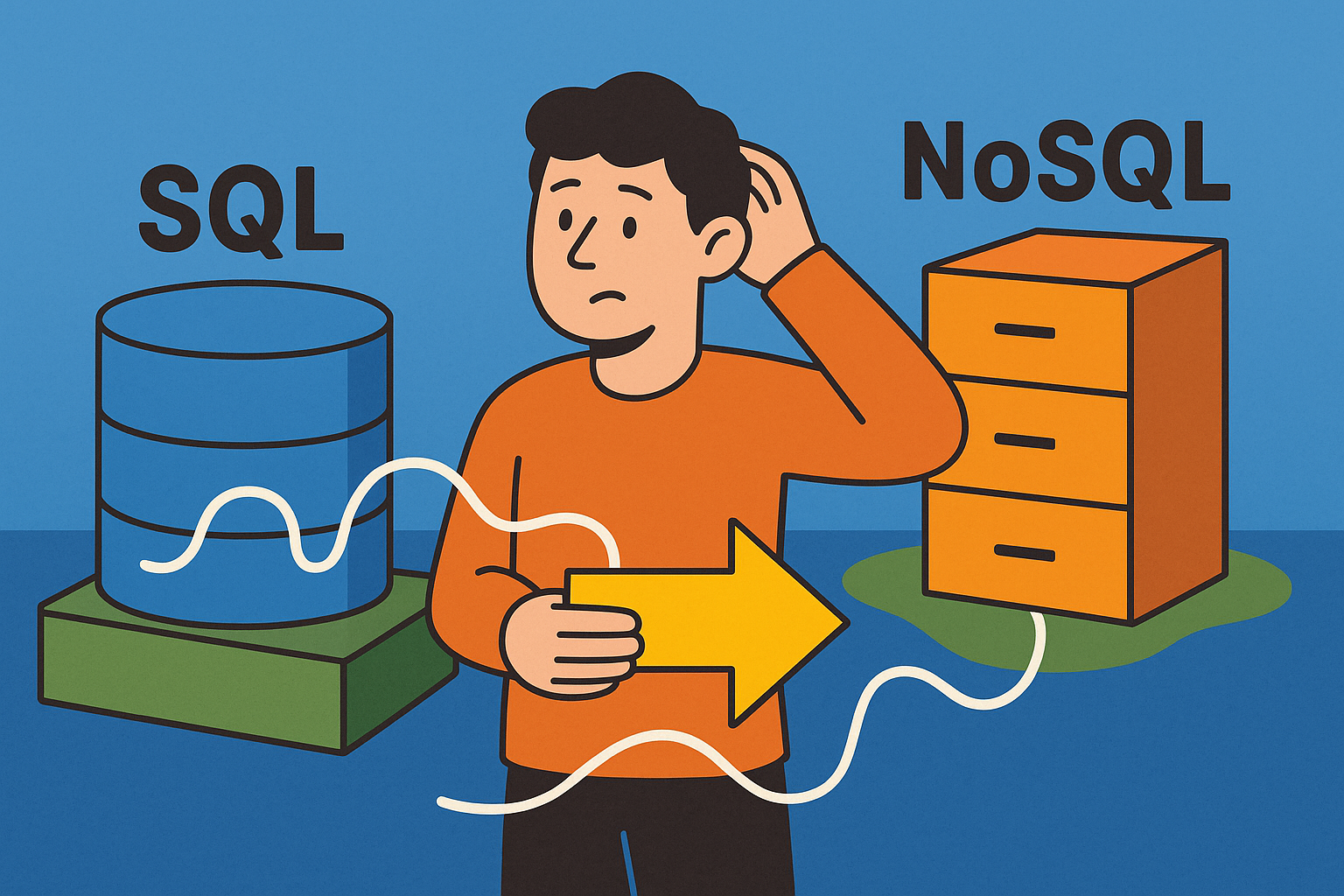Framing the NoSQL Decision-Making Landscape
In the ever-evolving landscape of technology, NoSQL databases have carved out a niche that is hard to overlook. As Martin Fowler aptly puts it, "The key to making smart decisions about databases is understanding how different databases are designed to solve specific problems." But with an array of options at our disposal, how can one navigate the maze of choices to select the NoSQL database that's not just good, but the right fit for specific business requirements? In this blog post, we will look into various factors that should guide this critical decision.
The NoSQL Landscape: A Brief Overview
To start, let's remember that NoSQL databases are not a monolith. Far from it. They come in various flavors—document stores like MongoDB, key-value stores such as Redis, column-family stores like Cassandra, and graph databases such as Neo4j. Each of these types excels in specific scenarios. For instance, document stores are often more flexible when it comes to schema design, whereas key-value stores shine in scenarios requiring quick read and write operations.
Business Requirements: The Central Pillar
The business requirements act as the cornerstone when selecting a NoSQL database. The first question to answer is: "What problem is your application trying to solve?" Whether it's about handling large volumes of unstructured data, needing rapid transaction rates, or managing complex relationships between datasets, the NoSQL database should align seamlessly with these requirements. It's essential to realize that the database choice will inherently impact not just the application's performance, but also its scalability, maintenance, and even the speed at which it can be developed and deployed.
Performance Considerations
When we talk about performance, we are essentially speaking about the database's ability to meet your application's throughput and latency requirements. Factors like read and write speeds, data distribution strategies, and data access patterns come into play here. Some NoSQL databases like in-memory key-value stores are designed for ultra-fast data access, making them excellent choices for caching solutions or real-time analytics. But this high-speed performance comes at the cost of limited querying capabilities or reduced consistency, trade-offs that are essential to consider.
Scalability: Horizontal vs Vertical
The issue of scalability is paramount in the current age of big data and high user expectations. While vertical scalability (adding more power to a single node) has its limits, horizontal scalability (adding more nodes to distribute data) offers more flexibility. Databases that can automatically shard data across multiple nodes, thus distributing the data load, become invaluable assets as your business grows. Therefore, understanding the scalability model of a NoSQL database and how well it aligns with your anticipated growth is vital.
Data Model: Aligning with Business Logic
When it comes to NoSQL databases, the data model isn't merely a technical specification; it's the conceptual framework that dictates how data will be stored, accessed, and managed. This crucial factor is so deeply intertwined with your application's business logic that it often determines the application's overall success or failure.
Consider a real-time analytics application that streams large volumes of data. A document-based model may seem tempting for its flexibility, but could falter when the system needs to aggregate data points across multiple documents. A column-family store, on the other hand, would inherently support such aggregation, making it a more fitting choice for such scenarios.
The data model's influence extends beyond immediate technical requirements; it permeates the very fabric of how business operations are executed. For example, if your business logic involves complex transactions with multiple entities, a relational database might seem like the traditional choice. However, certain NoSQL databases like Neo4j, a graph database, could offer more elegant solutions to manage intricate relationships between entities in a way that's both efficient and intuitive.
This alignment between the data model and business logic is not just about solving today's problems. It's also about future-proofing your application. Consider the ever-increasing importance of semantic data and relationships in today's data-driven landscapes. Pioneers like Google are leveraging graph databases for semantic search, and social media platforms are using them to optimize recommendations. If your application has any component that could benefit from understanding relationships or semantics, a graph database might give you not just a solution but a competitive advantage.
When examining data models, it's essential to go beyond mere technical capabilities and take a holistic view. What are the long-term business goals? Could the flexibility of a document model accelerate feature rollouts and thus go-to-market strategies? Would the speed and efficiency of a key-value store significantly enhance the customer experience? Sometimes it's not just about choosing the most capable model but selecting the one that enhances your business logic the most.
Also, consider the architecture of data pipelines and how they might evolve. Do you anticipate moving from batch processing to real-time data streams? Is there a roadmap for incorporating machine learning algorithms for advanced analytics? How you model your data will influence these and many other business-critical decisions.
Ultimately, it’s a balance that necessitates not only understanding your immediate needs but also forecasting your future requirements, often in an environment of uncertainty. As data science leader Monica Rogati pointed out, “Data is the new oil, but it needs to be refined to be useful.” The data model you choose acts as this refinery, impacting not just what your data can do, but how it can benefit your business logic, both now and in the future.
By considering all these facets, the selection of a data model becomes an exercise in strategic alignment between technology and business. It's not just an isolated technical choice but a pivotal decision that can influence your organization’s agility, effectiveness, and competitive standing in the marketplace.
Complexity and Learning Curve
Every NoSQL database comes with its own ecosystem, complete with unique query languages, data models, and configuration paradigms. While it's tempting to gravitate toward databases with extensive feature sets and powerful capabilities, it's imperative to gauge the complexity these features introduce, both from a development and an operational standpoint.
The learning curve is an often underestimated but critically important factor. Your development team's familiarity with certain technologies can significantly influence the speed at which an application can be developed, tested, and deployed. For instance, if your team is well-versed in SQL, transitioning to a NoSQL database that employs an entirely different query language or data-access paradigm could slow down development considerably, at least in the short term. Here, a database that offers SQL-like query capabilities might serve as a more strategic choice, easing the transition without compromising on the benefits of a NoSQL architecture.
Edsger W. Dijkstra once said, "Simplicity is prerequisite for reliability." This principle holds especially true for databases. A complex system laden with intricate features and configurations is more prone to errors and harder to debug. Complex systems also demand a deeper knowledge base, requiring more time and resources for staff training, not to mention the higher likelihood of requiring specialized skills, which can elevate staffing costs.
Moreover, the complexity of a database isn't solely a development concern; it extends to operational challenges as well. Advanced features often come with a cost in terms of system resources, maintenance, and monitoring. A database that demands a fleet of servers, each with high-end specifications, or that requires constant tuning and optimization, will not only be resource-intensive but could also introduce potential points of failure in your system architecture.
This is not to say that complex features and capabilities should be avoided; they often provide solutions to critical business requirements. However, it's vital to perform a balanced evaluation. Does the added complexity translate into substantial benefits for your application? Will it allow you to achieve something that's otherwise impossible or extremely challenging to do? If the answer is yes, then the learning curve and operational complexities become justified investments. Otherwise, they risk becoming obstacles that could thwart development and scalability efforts, eventually eroding the overall efficiency and reliability of the system.
In essence, the relationship between complexity and the learning curve is a dynamic one, influenced by various factors such as the team's expertise, business requirements, and long-term operational sustainability. Striking the right balance between them can serve as a strategic lever, enabling not just the implementation of robust features but also the efficient utilization of time and resources.
High Availability and Fault Tolerance
In an era where downtime can be measured in lost revenue and eroded customer trust, high availability and fault tolerance are not just buzzwords but imperatives. Databases that offer features like replication, automatic failover, and data recovery mechanisms should be high on your list of considerations. These capabilities ensure that data remains accessible even during system outages, contributing to a robust and resilient application architecture.
Consistency Models
Data consistency can often be a double-edged sword. While strong consistency guarantees that a read will always return the most recent write, it does so at the cost of availability and partition tolerance. On the other hand, databases that offer eventual consistency may improve availability but can lead to temporary data inconsistencies.
Therefore, it's crucial to understand the inherent trade-offs between different consistency models like eventual, strong, and causal consistency and their impact on your application's behavior and user experience.
Security Implications
Beyond performance and scalability, security cannot be overlooked. Aspects such as data encryption, role-based access control, and API security are vital in today's cyber-threat landscape. Choosing a database with robust security features not just aids in compliance with regulations like GDPR or HIPAA, but also adds an additional layer of trust and reliability to your application.
Cost Factor: TCO and ROI
The financial considerations go beyond the initial licensing or subscription fees. Operational costs, including those for hardware, data storage, and the manpower needed for database maintenance, also contribute to the Total Cost of Ownership (TCO). On the flip side, a well-chosen database can significantly impact the Return on Investment (ROI) by reducing development time, improving application performance, and enabling future scalability.
Case Studies
Real-world examples offer invaluable insights. Companies like Netflix have successfully employed NoSQL databases like Cassandra to handle their massive, globally distributed data needs. On the other hand, businesses like Lyft have leveraged document stores like MongoDB to enable rapid feature development and deployment.
Final Thoughts on NoSQL Selection
In the intricate web of considerations surrounding NoSQL databases, the essence boils down to aligning the database's capabilities with your specific business requirements. Whether it's performance, scalability, data modeling, or cost, each factor holds weight and is a piece of the puzzle. By integrating these various considerations, one can arrive at an informed, strategic decision, setting the stage for application success. So, as you stand at the crossroads of choosing a NoSQL database, armed with these insights, you are better equipped to make a decision that is not just technically sound but also business-savvy.
 is now
is now


